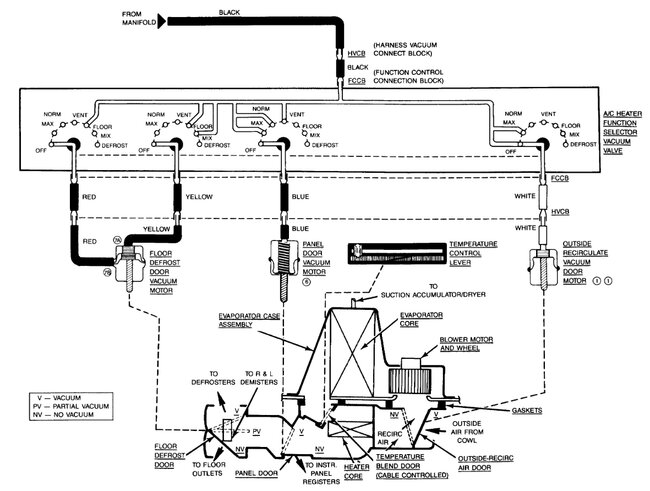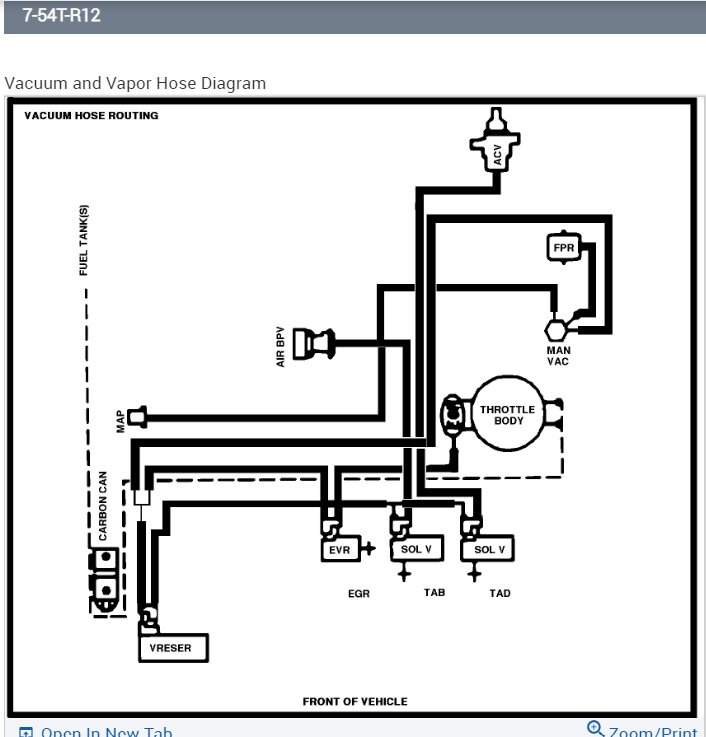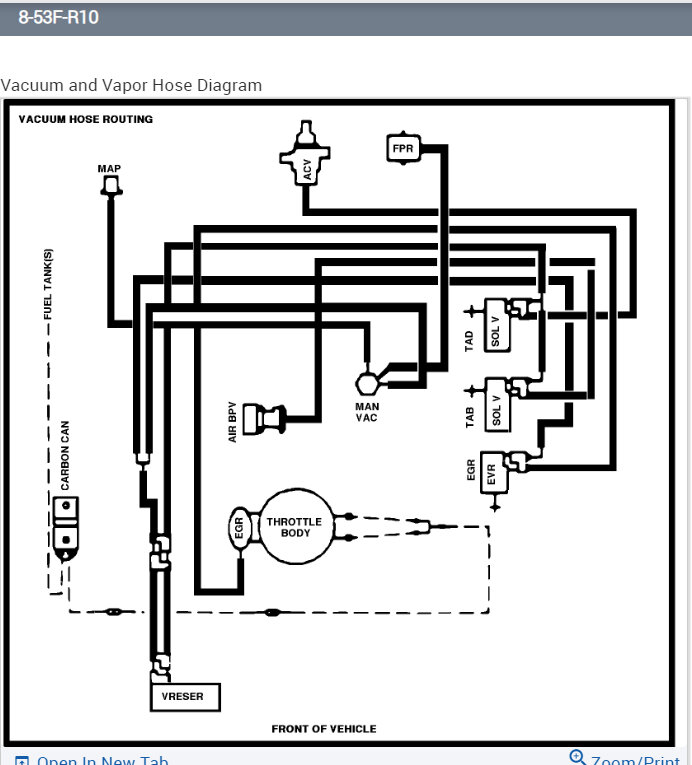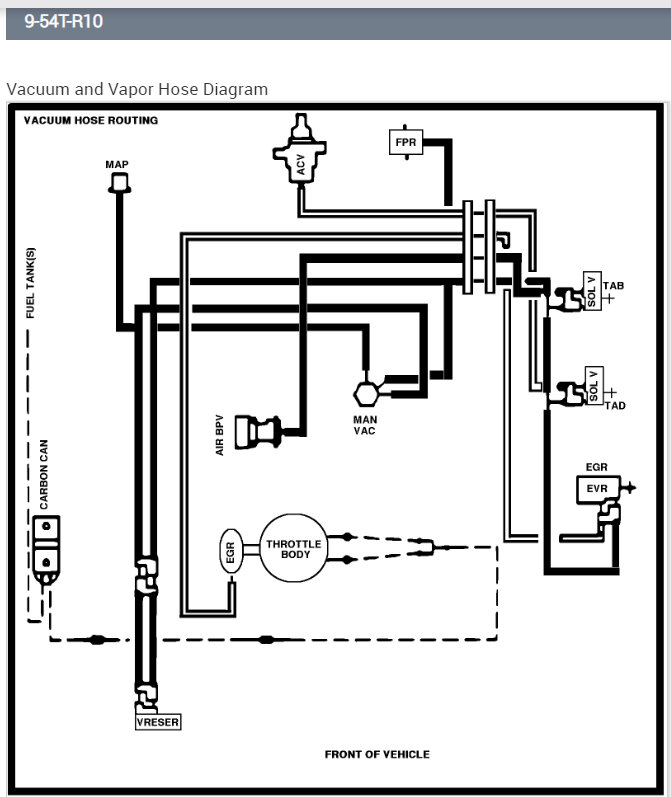On the older vehicles they use engine vacuum to move the heater actuator doors in the dash, so for example, I have an older Ford I kept and it has a small round vacuum tank, its plastic but it has vacuum lines running to it from the intake manifold so that the heater doors can be actuated when the vehicle is off. Do you have any vacuum lines that are not attached to anything and are open to the atmosphere? The high idle is what points to a vacuum leak. Or you may have an idle control valve that is sticking or not functioning correctly. Below are the vacuum line routing diagrams just in case you need them, the 1st one is for the heater system, the other 3 are the different setups possibly for this vehicle.
When it doesn't start in the morning, take out a couple of spark plugs and see if they are wet with fuel or not. If they're not wet then you'll know it's a fueling issue, if they are then it can be a weak ignition coil or bad cap and rotor. If it is trying to start but tends to sputter out, that sounds like a fueling issue, and with the vehicles age, the fuel injectors can be clogged up by now. That will happen with any vehicle eventually. Also, if there is moisture in the gas tank. Some dry gas and fuel treatment will help. But check to see if the spark plugs are fouled out with fuel or not.
https://www.2carpros.com/articles/how-to-check-for-ignition-spark
Images (Click to make bigger)
Saturday, January 28th, 2023 AT 7:36 AM







